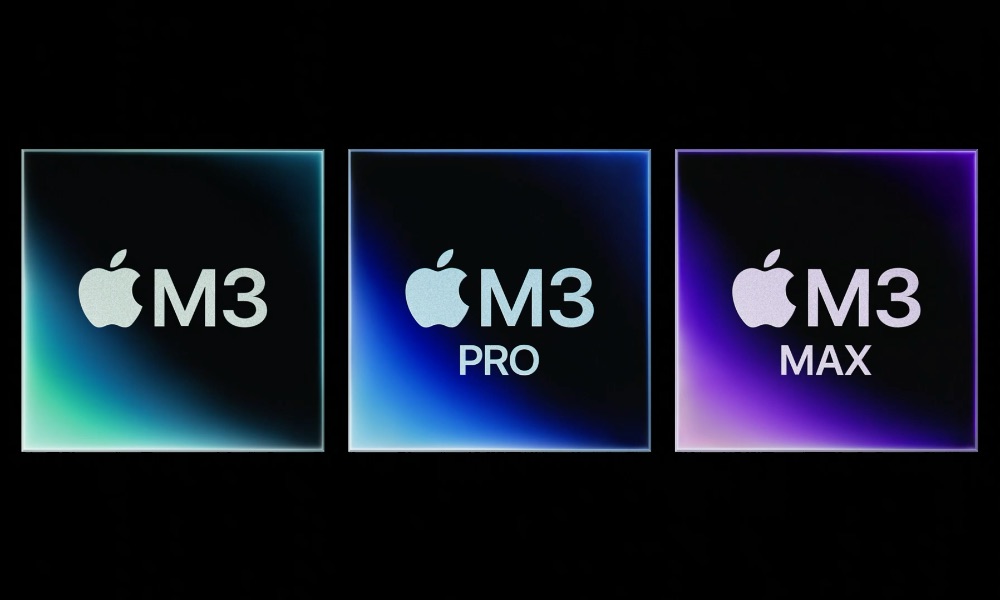First M3 Benchmarks Show Impressive Performance Improvements over M2

Toggle Dark Mode
The first benchmark numbers for the base M3 chip have made an appearance in the Geekbench 6 database, providing a look at what we can expect performance-wise for the new M3 Macs.
The results show the M3 chip with single-core and multi-core scores of around 3,000 and 11,700, respectively. The numbers back up Apple’s “scary fast” claims that the M3 chip is as much as 20% faster than the M2 chip. The standard M2 chip’s single-core and multi-core scores came in at around 2,600 and 9,700, respectively.
The Geekbench 6 multi-core scores were as follows:
- M3 chip: ~11,700 (+20% vs. M2 chip)
- M2 chip: ~9,700 (+17% vs. M1 chip)
- M1 chip: ~8,315
At this point, we don’t know whether the Geekbench results are for the new M3-powered 14-inch MacBook Pro or iMac, both of which are powered by the base M3 chip, but performance should be close to the same for both computers.
The Geekbench results carry an identifier of “Mac15,3” which Bloomberg’s Mark Gurman has said is a laptop with the same display resolution as the 14-inch MacBook Pro.
The M3 boasts 25 billion transistors, a 5 billion transistor jump over the M2’s transistor count. The 10-core GPU’s graphics performance of the new chip is 65% faster than the M1. It also sports an 8-core CPU (four performance cores and four efficiency cores), for up to 35% faster CPU performance than the M1. Like the M2, the chip offers support for up to 24GB of unified memory.
The chip also has an improved GPU architecture, offering support for hardware-accelerated ray tracing and mesh shading. Developers should be able to take advantage of the new features to make high-end games look more realistic. The chip also has a 16-core AI Neural Engine.
It should be noted that benchmark scores do not always accurately reflect performance during everyday use. However, they are a good indicator of what we can expect from the M3-powered MacBook Pro and iMac models.
Apple says the M3’s power efficiency will help the new 14-inch MacBook Pro to achieve up to 22 hours of battery life. That’s the longest battery life ever for the smaller MacBook, matching the 16-inch MacBook Pro.
So far, we have not seen any Geekbench numbers for the M3 Pro and M3 Max chips but they are likely to make an appearance soon.
The M3 Pro sports 37 billion transistors, with an 18-core GPU, Apple says the GPU’s performance is up to 40% faster than the M1 Pro. The M3 Pro offers support for up to 36GB of unified memory. The M3 Pro’s 12-core CPU offers six performance cores and six efficiency cores, providing single-threaded performance up to 30% faster than the M1 Pro.
The M3 Max boasts 92 billion transistors, with a 40-core GPU (up to 50% better performance than the M1 Max), and can support up to 128GB of unified memory. The M3 Max’s 16-core CPU boasts 12 performance cores and four efficiency cores, for up to 80% faster performance than the M1 Max. The M3 Max is equipped with two ProRes engines.
The M3 Pro’s and M3 Max’s specifications suggest we should see some very impressive benchmark numbers when the Geekbench numbers start rolling in for the new M3 Pro and M3 Max-equipped Macs.








